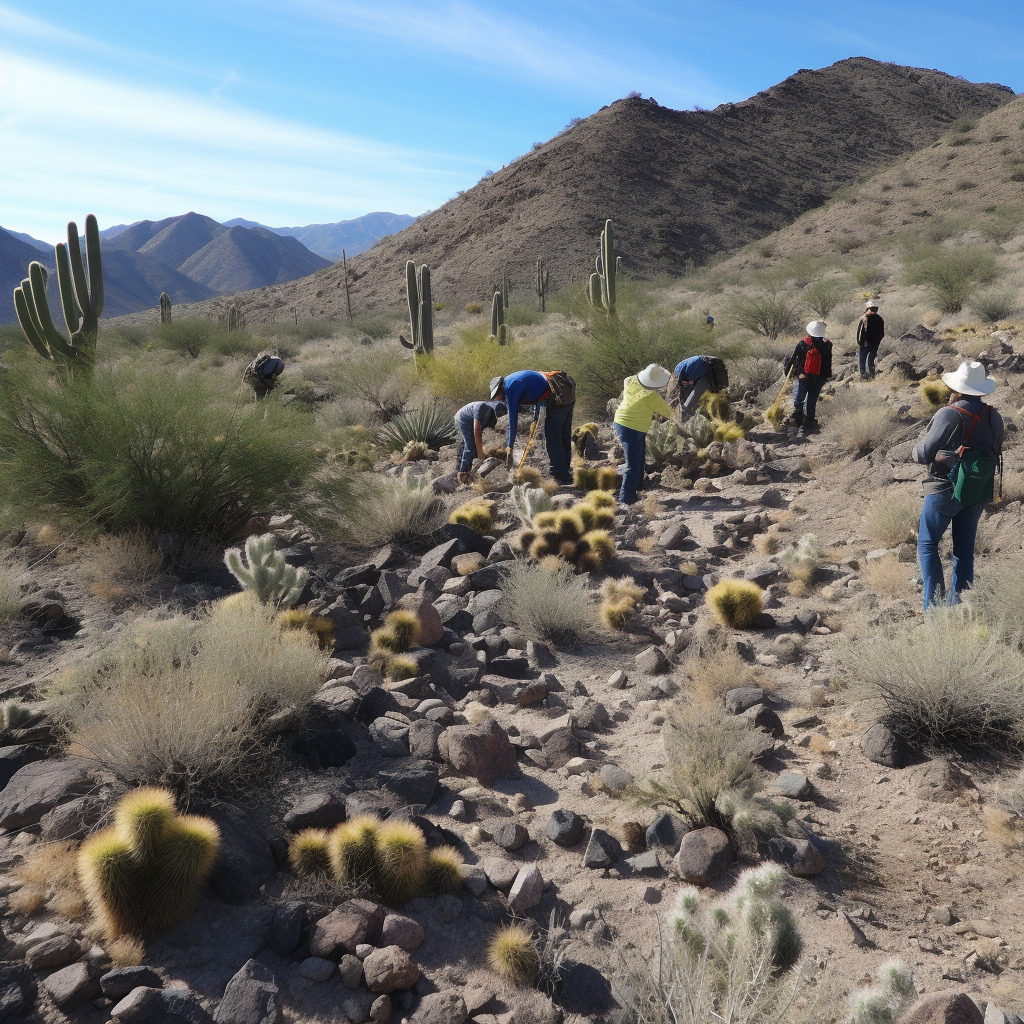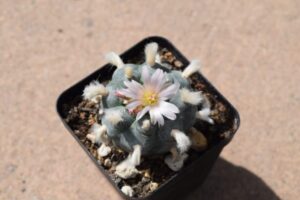Cacti are remarkable plants that have adapted to survive in some of the most inhospitable environments on Earth. These succulent wonders belong predominantly to the family Cactaceae and are celebrated for their unique adaptations and diverse habitats. Understanding where cacti thrive offers insights into their survival strategies and the ecological importance of these plants. In this article, we will explore the natural habitats of cacti, analyzing the various ecosystems that support their growth and the specific conditions they require.
Deserts: The Classic Cactus Habitat
Most commonly associated with arid climates, deserts are the quintessential habitats for many cactus species. Cacti have evolved remarkable adaptations to enhance water conservation and mitigate the effects of extreme temperatures. Deserts are typified by their sparse vegetation, high temperatures during the day, and significant temperature drops at night. The ability to thrive under these conditions is a testament to the resilience of cacti.
The Sonoran Desert, which straddles Arizona and Mexico, is home to the iconic Saguaro cactus (Carnegiea gigantea). This giant cactus can reach heights of up to 40 feet and is crucial for the region’s biodiversity. Saguaro cacti provide shelter and food for various animal species, including birds, insects, and small mammals, illustrating the interconnectedness of desert ecosystems.
In addition to the Sonoran Desert, the Chihuahuan Desert is another significant habitat, hosting species such as the Organ Pipe cactus (Stenocereus thurberi). Here, cacti flourish amongst an assortment of other xerophytic plants, displaying an intricate balance that contributes to the desert’s ecological diversity.
Mountainous Regions: Cacti at High Altitudes
Surprisingly, some cactus species can be found in mountainous regions, where they defy the typical association with flat, sandy deserts. As elevation increases, so do climatic variations, and cacti have adapted to flourish in these cooler, often windswept environments. The ability to adjust to different altitudes allows cacti to proliferate in diverse ecosystems.
The Andes mountains in South America host an array of cacti, including the famous Echinopsis species. In these locations, cacti may grow in rocky outcrops or on steep slopes, where they can avoid frost damage and efficiently absorb moisture from occasional rainfall. The unique adaptations of the high-altitude cacti ensure they can withstand colder temperatures and unpredictable weather patterns.
Pine forests, typically associated with coniferous trees, also provide refuge for certain cactus species. Here, cacti often grow in open areas or clearings where they can receive ample sunlight while benefiting from the pine trees’ protection against extreme conditions.
Coastal Regions: The Interplay of Salt and Sunshine
While deserts and mountains are prominent habitats for cacti, coastal environments also host unique species that thrive in saline conditions. Coastal cacti have adapted to endure the challenges posed by salt spray and sandy soils, demonstrating their versatility as a genus.
The coastal region of Baja California, for example, is home to the stunning Cardon cactus (Pachycereus pringlei), recognized as one of the largest cacti in the world. This species has evolved to withstand the salt-laden air and intermittent drought characteristic of coastal climates. Its tall, towering structure exemplifies how cacti can adapt not only in the harshness of the desert but also in the challenges offered by coastal environments.
In addition to Cardon cacti, smaller varieties also thrive in coastal ecosystems, contributing to the overall biodiversity. These coastal cacti often coexist with various succulent plants, creating a rich tapestry of vegetation resistant to both aridity and salinity.
Tempestuous Societies: Cacti in Urban Ecosystems
Beyond their natural habitats, cacti have become popular in urban environments, where they make excellent ornamental plants due to their unique charm and low maintenance. Many species are cultivated as houseplants or in urban gardens, thriving in conditions that can often be a challenge for other types of flora.
In cities, cacti adapt to various substrates and microclimates. For instance, the petite and resilient Ferocactus species can be found in public gardens, enhancing aesthetic appeal while requiring minimal irrigation. Urban environments also provide cacti an opportunity to educate the public about the importance of sustainable gardening and conservation efforts.
Moreover, as climate change continues to alter weather patterns globally, urban areas are becoming increasingly essential for cacti conservation. By fostering cacti in botanical gardens and urban landscapes, communities can help preserve these essential plants even as their natural habitats face threats from environmental changes.
Conclusion: The Future of Cacti and Their Habitats
Understanding the diverse habitats where cacti thrive is essential for conservation efforts. As climate change poses new challenges, habitat loss, and urbanization, the need to study and protect cacti becomes even more critical. Their unique adaptations and ecological roles are not only fascinating from a botanical perspective but are also vital for the health of their ecosystems.
Whether in the arid dunes of the desert or the salty breezes of the coast, cacti exemplify resilience and adaptability. As we continue to explore their habitats, let us be reminded of the importance of preserving these remarkable plants for future generations to appreciate.





Leave a Comment